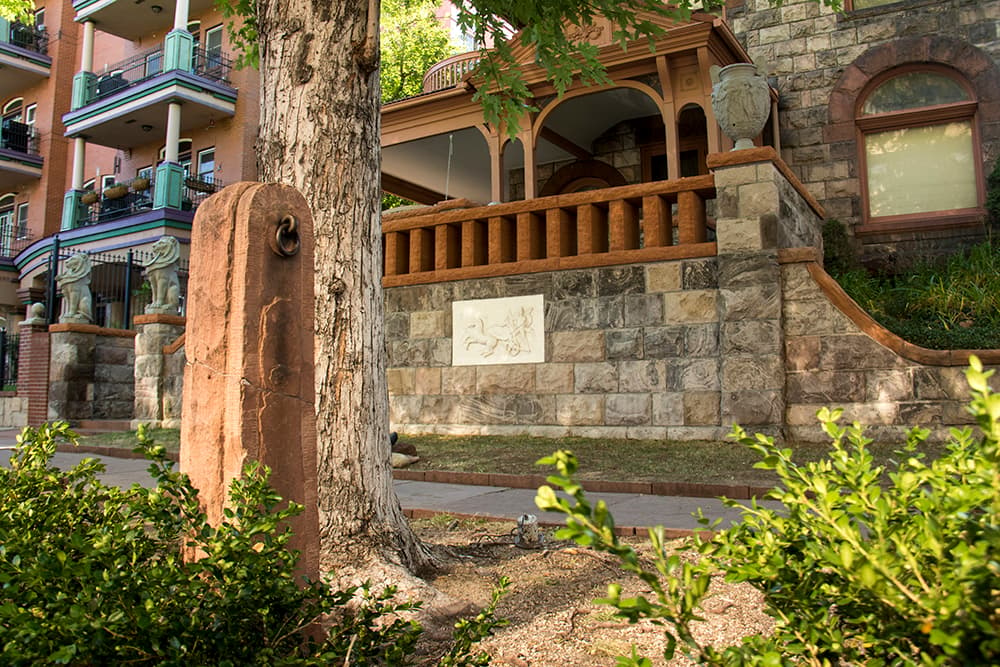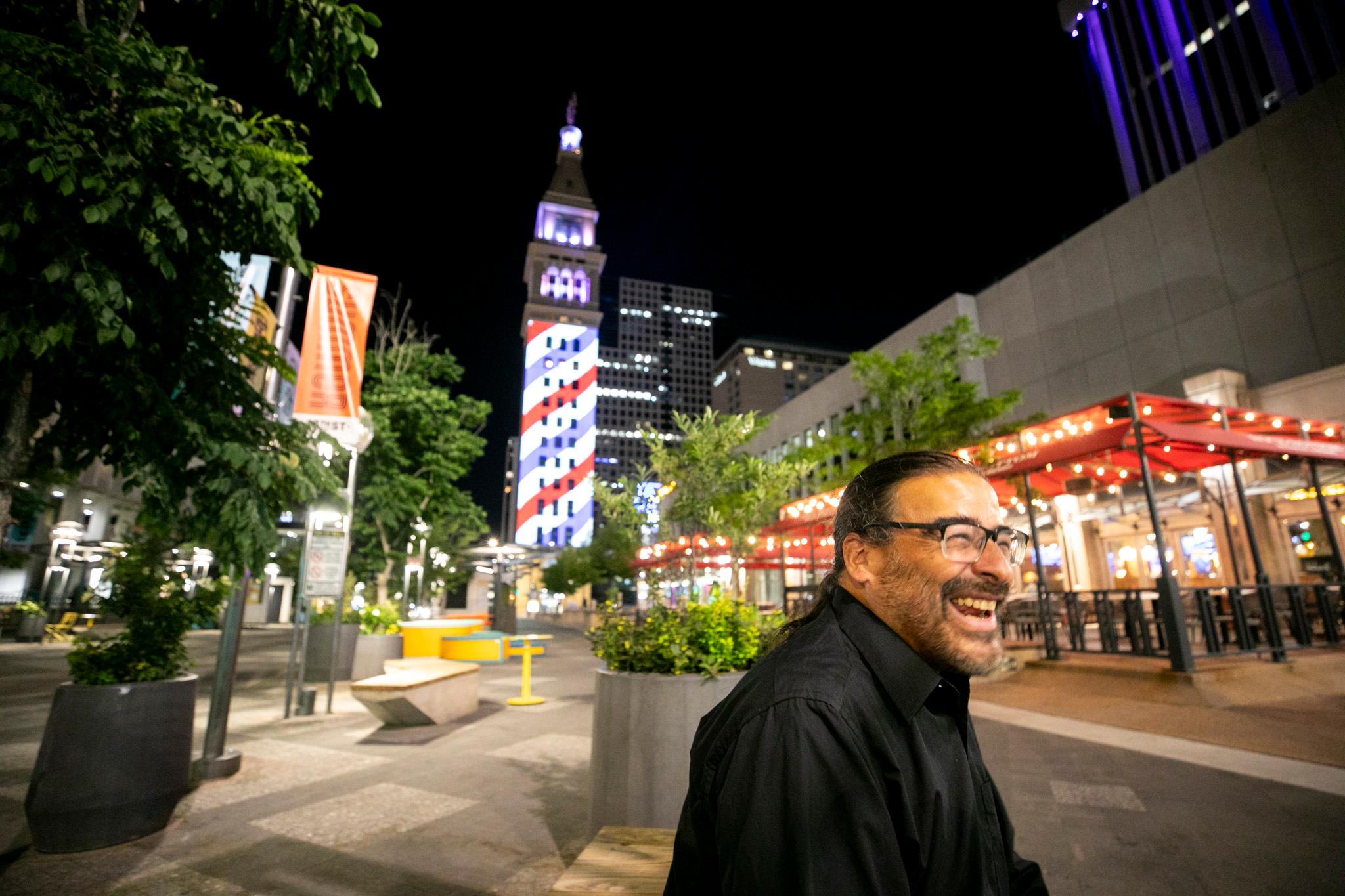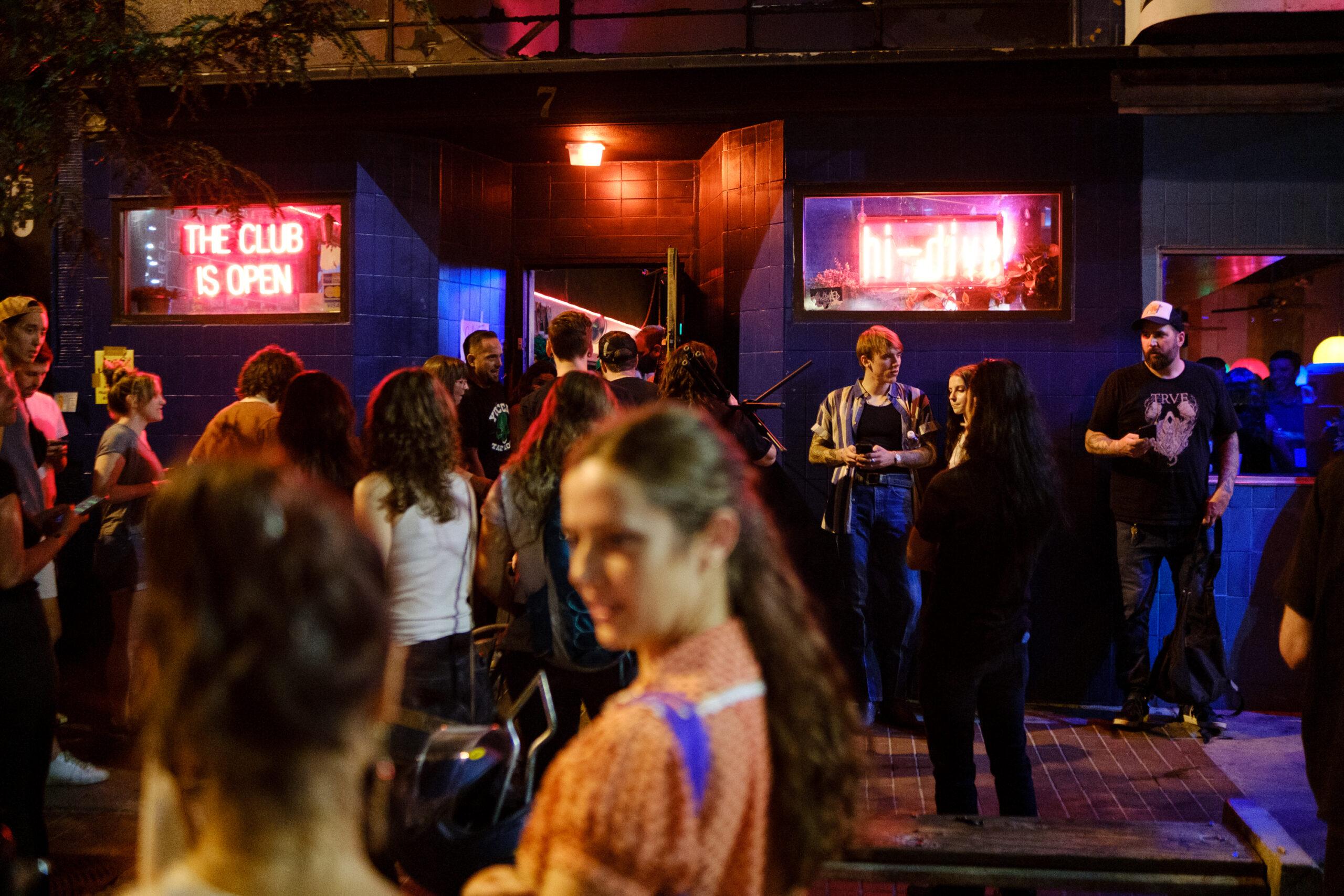
Here at Denverite, when you ask, we answer.
Today's question comes from a reader who recently tweeted us a photo of a mysterious red obelisk in Capitol Hill, asking what it is and where it came from.
To get an answer for Jake, I dialed Becca Dierschow, preservation and research coordinator for Historic Denver Inc. The nonprofit has advocated for preserving historic structures in the city ever since saving the Molly Brown House in the 1970s.
The Molly Brown House Museum, which Historic Denver owns, also has a mysterious stone pillar out front. And Dierschow knows what it is — a tie-up spot for horses, made of flagstone.

"You find them all around Denver," Dierschow says. Some, like the one on Pearl Street, lack their telltale tie-up rings.
You can still see where a ring would have gone on the Pearl Street obelisk. Other tie-up rings, Dierschow says, can be seen inset in Highland curbs, flush with the cement.

Dierschow says these little neighborhood featurettes are monuments to Denver's first era of transportation, "vestiges" of a horse-driven lifestyle that persisted until the early 20th Century. (Carriage houses have also been integrated into Denver's current landscape and are another callback to that era.)
Take a look back into the Western History Collection at the Denver Public Library, Dierschow says, and you'll see similar items dotting the streets 100 years prior.

As to whether or not the tie-ups are in their original locations, that's another question. It's likely the stone obelisks are old, but some say, they were probably relocated to new spots during the last century.
The Molly Brown House's tie-up is a good example. Jamie Wilms, director of education at the house, says she's not sure how long it's been planted on Pennsylvania Street. But it is not one of the items listed in the museum's property records meaning it was probably added later on.
Have a question for us? Tweet to @denverite or fill out our questionnaire!









